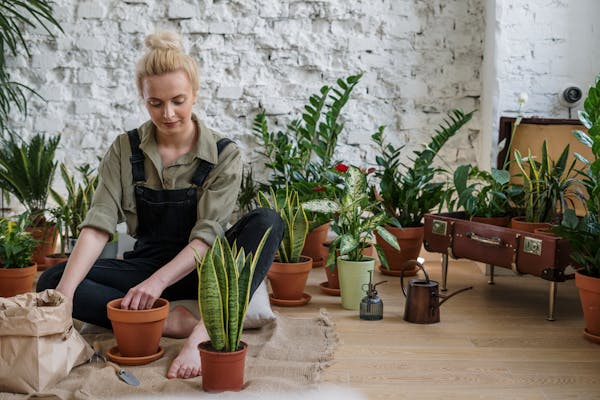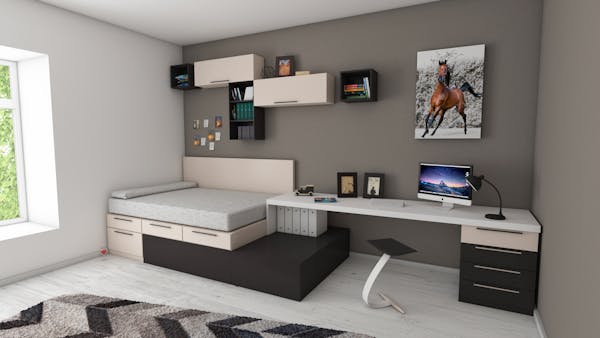Start tropical climbers now for a blaze of summer garden glory | Gardening advice
A range of climbers will crown whichever they climb in a blaze of warm summer time motion: dreamy purples and sunset shades of oranges and reds. This large amount expand fast in the warmth but fizzle out the moment the frosts look. In brief, they will stay tricky and die young – if you give them a warm sufficient corner.
There are a lot of beauties to decide on from. The hyacinth bean, Dolichos lablab “Ruby Moon”, has huge, scented purple bouquets which, if you are fortunate, will be followed by amazing purple pods that can be cooked like French beans if picked youthful. Then there’s the Chilean glory vine, Eccremocarpus scaber, with its orange trumpets black-eyed Susan, Thunbergia alata, and her cultivars in shades of apricot, tangerine and peach and the dusky purple bells of Rhodochiton atrosanguineus, which make incredibly pretty cut bouquets.

Just about all of these are perennials in their tropical habitats: vines from Chile, Africa and Mexico will just about belly our cooler summers if you sow them now and give them the finest bit of heat your back garden has. A handful of will make it by way of a moderate winter if it isn’t too wet, but most will arrive to a swift close following a tough frost.
So start out them off somewhere heat indoors. They shouldn’t be planted out until eventually all menace of frost has handed, and will need to have to be hardened off for two months just before planting out. They all develop at velocity, so really do not begin them off in seed trays or modules – they will outgrow them in the blink of an eye. If their roots are provided too little house early on, this will check the plant’s later on expansion, so plant seeds in a big container.
I’d propose sowing five seeds or so in a long tom (a tall pot up to two-litre capacity) or a deep root coach with fantastic-good quality peat-absolutely free compost. H2o very well and deal with with crystal clear plastic right until they germinate. Retain the compost moist but not damp, to avoid rotting the seed. Uncover as soon as the little one leaves have unfurled, and location somewhere shiny but not in immediate sunlight.
The moment the 1st true grownup leaves seem, prick them out, dealing with them by the infant leaves and not the stems (detrimental these will often mean the conclusion of their lifetime). Don’t be tempted to squish their roots into their new household – the a lot more root run they have now, the greater chance they have at roaring off into development in the yard.
Give them a great deal of solar – this can’t be emphasised enough – and rich but properly-drained soil. Include compost to improve either slim or weighty soils. If you do not have soil, really do not get worried: they typically do quite very well in substantial containers if presented one thing to climb up, which makes them a great alternative for a sheltered balcony railing and a trellis.








